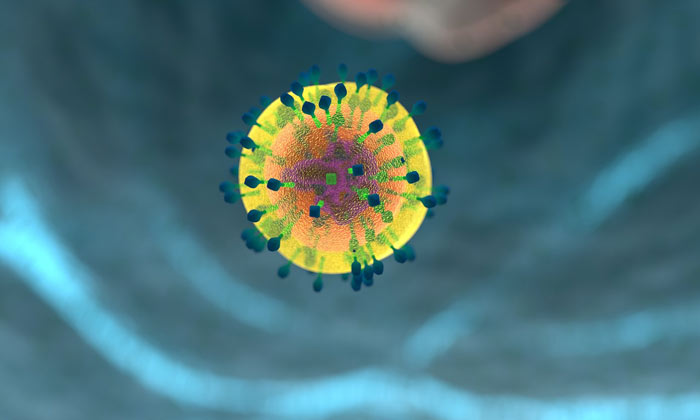
Despite the long study of the human body, it still keeps secrets from us. Australian scientists have even found a whole organ in the immune system.
It has long been known that the people who are exposed to certain infections often stay immune to them. However, there are still questions about how this process works. Researchers have identified a structure that “remembers” the previous infections and vaccinations and is filled with the immune cells of many kinds that react to the pathogens the body has encountered before.
According to scientists, the structure exists for the early detection of infections. It was discovered when the team used an advanced imaging technique known as three-dimensional microscopy, essentially creating “films” of the immune system in action inside living organisms. The structure that spreads through the lymph nodes is thin, flat and appears only when the organisms are exposed to the infection that they have seen before. The structure is named SPF, that is subcapsular proliferative foci, and the researchers have found it both in mice and humans.
When the team used microscopy methods to view SPF in the body, they saw several different types of immune cells, including “memory B cells” that contain information on how to best attack the infection.
According to Imogen Moran, the lead author of the study from the Garvan Institute of Medical Research in Australia, it was great to see that memory B cells are activated and grouped in a new structure that has never been seen before. The scientists could see them move, interact with all other immune cells and turn into plasma cells before their eyes.
According to the researchers, the latest results can help specialists better understand how to develop more effective vaccines.






